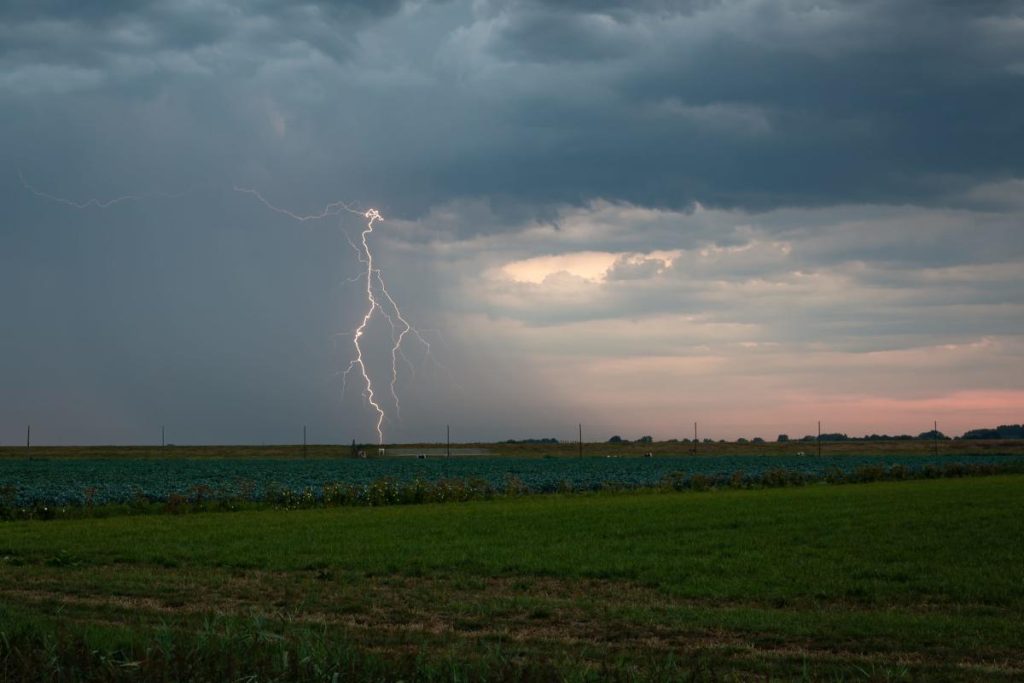A tragic incident occurred in Colorado over the weekend when a cattle rancher, Mike Morgan, and 34 of his cattle were killed after being struck by lightning near the town of Rand, 80 miles northwest of Denver. Morgan was feeding his herd when the lightning struck, causing his death despite efforts to save him. The strike also resulted in dozens of cattle being killed, with Morgan’s father-in-law and wife fortunately surviving the incident. Lightning strikes are most common during the summer months, with peaks in June, and the most intense storms in the Northern Hemisphere typically occur in the Northern Plains, Middle Plains, and Southeast regions of the United States.
Living in a lightning hot zone can be dangerous, but there are steps individuals can take to protect themselves. The National Weather Service recommends seeking shelter indoors when thunderstorms are approaching, avoiding the use of corded phones, staying away from windows and doors, and refraining from touching electrical equipment or plumbing during a thunderstorm. Concrete surfaces should also be avoided as they can conduct electricity, as well as metallic objects in the environment. If in a vehicle during a lightning storm, it is advised to roll up the windows and avoid contact with any conducting paths leading to the outside of the vehicle.
Around 25 million ground strikes occur each year in the United States, with 51 known fatalities over the past 30 years. Despite the risks associated with lightning strikes, approximately 90% of those struck survive the incident. When seeking shelter during a thunderstorm, it is crucial to follow safety guidelines to minimize the risk of being struck by lightning. Unplugging electrical devices, avoiding plumbing, and staying away from concrete surfaces are recommended precautions to take during a thunderstorm. By following these measures, individuals living in lightning hot zones can reduce their chances of being injured or killed by a lightning strike.
The incident involving Mike Morgan and his cattle serves as a tragic reminder of the dangers posed by lightning strikes, particularly in rural areas where individuals are exposed to the elements. Lightning strikes can occur suddenly and with little warning, making it essential for people to be prepared and take necessary precautions to protect themselves. The National Weather Service provides valuable information on how to stay safe during thunderstorms, emphasizing the importance of seeking shelter indoors and avoiding contact with conducting surfaces. By following these guidelines, individuals can decrease the risk of being injured by lightning strikes and increase their chances of surviving severe weather events.
As the summer months approach, it is crucial for people living in lightning hot zones to be aware of the risks associated with thunderstorms and take proactive steps to ensure their safety. Lightning strikes can be deadly, but with proper precautions and awareness, individuals can reduce the likelihood of being struck by lightning. The tragic loss of Mike Morgan and his cattle serves as a sobering reminder of the destructive power of lightning, highlighting the importance of taking lightning safety seriously. By following the advice of the National Weather Service and staying informed about weather patterns in their area, individuals can protect themselves and their loved ones from the dangers posed by lightning strikes.


